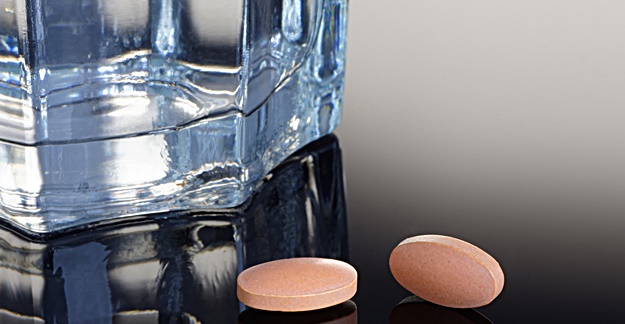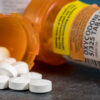Just-issued guidelines from the U.S. Preventive Services Task Force’s (USPSTF) could greatly expand the number of people taking the cholesterol-lowering drugs known as statins. However, some doctors are criticizing the more aggressive position, citing concerns about side effects and the efficacy of the medications.
The USPSTF is now recommending that adults between 40 and 75 years of age should be put on a low-to-moderate dose of a statin – even if they have no risk of cardiovascular disease (CVD) – if they have one or more risk factors for the disease and a 10% or greater risk of a heart attack or stroke within the next 10 years as a result. These risk factors include high cholesterol, high blood pressure, smoking and diabetes.
The USPSTF, which is an independent group of doctors and health experts though commissioned by the government, also said in JAMA that the risk of side effects or adverse events in this population from using a low-to-medium statin dose is small.
However, in an accompanying viewpoint, 2 prominent physicians expressed concerns with the recommendations, finding that the risks of statins in people at lower risk of CVD may outweigh the benefits.
“Although reported rates of adverse events in clinical trials are low, this does not reflect the experience of clinicians who see patients who are taking statins,” wrote Rita Redberg, MD, a cardiologist at the University of California San Francisco Medical Center, and Mitchell Katz, MD, director of the Los Angeles County Health Agency.
Statins have been associated with a host of side effects. Based on observational studies, as much as 15% of those taking the medications experience muscle aches and pains. There is also some evidence statins may boost the risk for developing diabetes.
Redberg and Katz also expressed concern that broadening the scope of people recommended for statins might give them a false sense of security when it comes to protecting against CVD.
“For example, people taking statins are more likely to become obese and more sedentary over time than nonstatin users, likely because these people mistakenly think they do not need to eat a healthy diet and exercise as they can just take a pill to give them the same benefit.”






